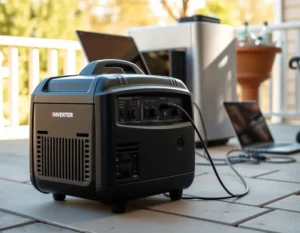
En el mundo moderno, donde la electricidad es fundamental para nuestras actividades diarias, las interrupciones eléctricas son un gran inconveniente, pueden afectar nuestra productividad y
Have you ever wondered how an electric generator works? These devices are essential in modern life, providing the electricity needed to keep our lights on, our appliances running, and our businesses running. In this guide, we're going to explore how an electric generator works, from its basic components to its inner workings. Let us begin!
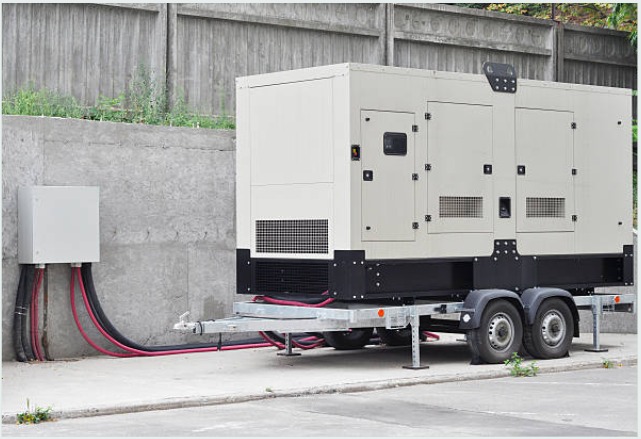
An electrical generator is a machine that converts mechanical energy into electrical energy. This type of equipment is commonly used in different types of applications, including power plant electricity generation, emergency power supply, and portable power for outdoor use. Here you will learn how an electric generator works and what are the main components that make it possible.
now that you understand how an electric generator works it is time to delve a little deeper into the components that are part of this type of tool.
If you have ever wondered how an electric generator works, it is important that you keep the following in mind.
An electrical generator works through a series of processes, beginning with mechanical energy. Mechanical energy is converted to electrical energy through a process known as electromagnetic induction. This process is accomplished through the use of a rotor and a stator.
An electric generator consists of several parts, including the rotor, the stator, the bearing, the shaft, the excitation system, the cooling system, and the control system.
The operation of all these components together are responsible for answering the question of How does an electric generator work.
The rotor is the moving part of an electrical generator. This component is made up of an axis and a set of magnets. The rotor rotates inside the stator and creates a magnetic field that induces electric current in the stator winding.
The stator is the fixed part of the electric generator. This component contains the copper windings that surround the rotor. The stator windings are connected to the output terminals of the generator, where electrical power is supplied.
The bearing is the part that allows the rotor to rotate on its axis. This component is located at the bottom of the generator and is made up of a series of balls or rollers.
The shaft is the part that connects the rotor with the control system. This component is responsible for transmitting mechanical energy from the rotor to the control system.
The excitation system is responsible for supplying the electrical energy necessary for the operation of the generator. This system includes a voltage regulator, an excitation generator, and a battery pack.
The cooling system is responsible for keeping the generator at a suitable temperature during its operation. This system may include fans, radiators, water pumps, and thermostats.
The control system is responsible for monitoring and controlling the operation of the generator. This system includes circuit breakers, protective relays, voltage and current meters, and a control panel.
Regular maintenance of the electric generator is essential to ensure safe and reliable operation. Some of the maintenance tasks include cleaning and replacing the air filter, changing the oil and oil filter, checking and adjusting the drive belt, and checking the spark plugs.
Electric generators offer several advantages, including the ability to generate electrical power in remote areas, the ability to provide backup power in an emergency, and the ability to power electrical equipment in locations where there is no electrical power supply.
Now that we know how an electrical generator works, let's look at some ways it can be used:
In emergencies: An electrical generator is essential in emergency situations such as power outages, electrical storms, and other natural disasters.
In construction works: Electric generators are also used on construction sites to provide electricity for tools and machinery.
At outdoor events: Electric generators are also useful at outdoor events such as weddings, concerts, and festivals.
If you are looking for a reliable source of electrical power, look no further. We offer a wide range of Electric generators High quality to meet all your energy needs.
If you want to know a little more about our products you can do so by accessing from the following button.
Or if, on the other hand, you still have doubts about how an electric generator works, you can contact one of our advisors from the following button.

En el mundo moderno, donde la electricidad es fundamental para nuestras actividades diarias, las interrupciones eléctricas son un gran inconveniente, pueden afectar nuestra productividad y
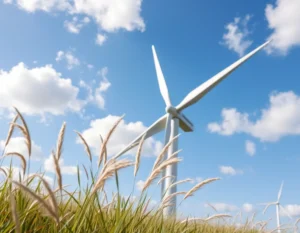
Las turbinas eólicas se han convertido en el emblema de la energía renovable, ofreciendo una solución sostenible y limpia frente a los combustibles fósiles. Sin
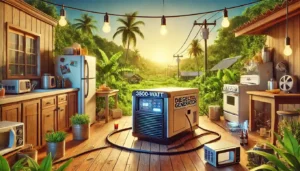
Cuando se trata de mantener la energía en situaciones de emergencia, durante viajes de campamento o en eventos al aire libre, un generador de 3500

En tiempos de cortes de energía o desastres naturales, saber cómo usar un generador para alimentar una casa puede marcar la diferencia entre estar preparado
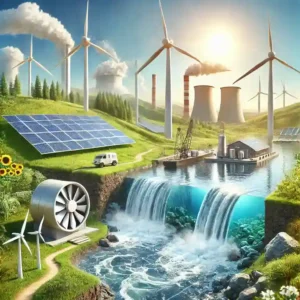
La búsqueda de energías alternativas se ha convertido en un pilar fundamental en la discusión sobre sostenibilidad y el futuro energético del planeta. Pero, ¿cuáles

En un mundo donde la demanda de energía eléctrica sigue en aumento, las interrupciones de servicio y el costo creciente de la electricidad han impulsado
Yes, an electric generator can be used indoors, but it is important to ensure good ventilation and follow all safety precautions.
Electric generators can use different types of fuel, including gasoline, diesel, natural gas and propane, each of these can generate different answers when you ask yourself how an electric generator works.
The time an electric generator can run depends on the size of the fuel tank and the workload.
Not all electrical devices are compatible with an electrical generator. It is important to check the power specifications of the device before connecting it to the generator.
To determine the required power, it is necessary to make a list of all the electrical devices that will be connected to the generator and add their power requirements. It is important to choose a generator that has enough capacity to handle the full load.